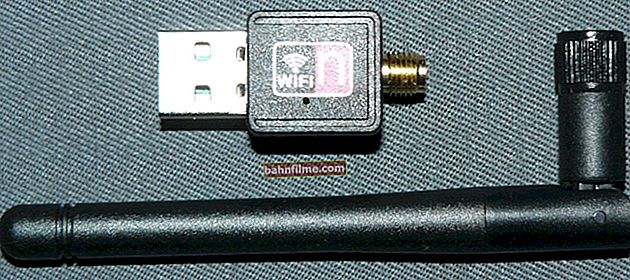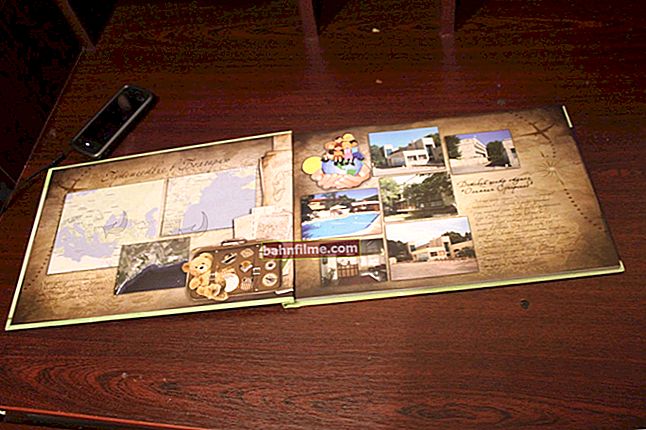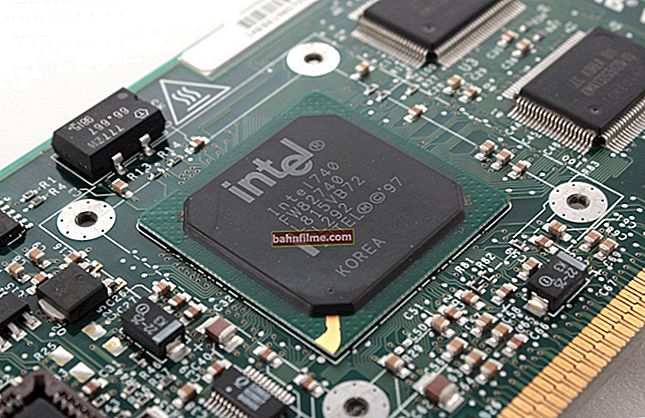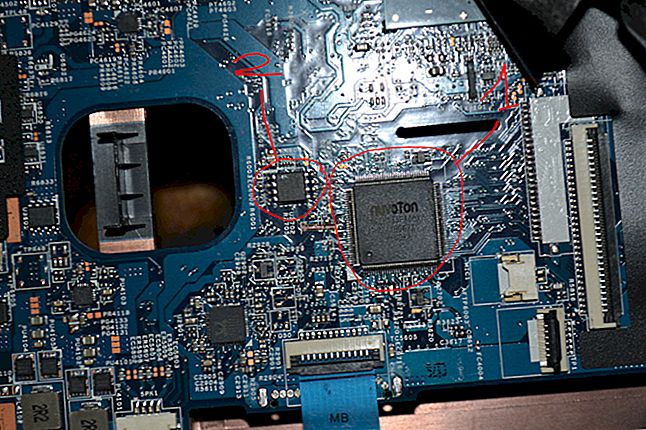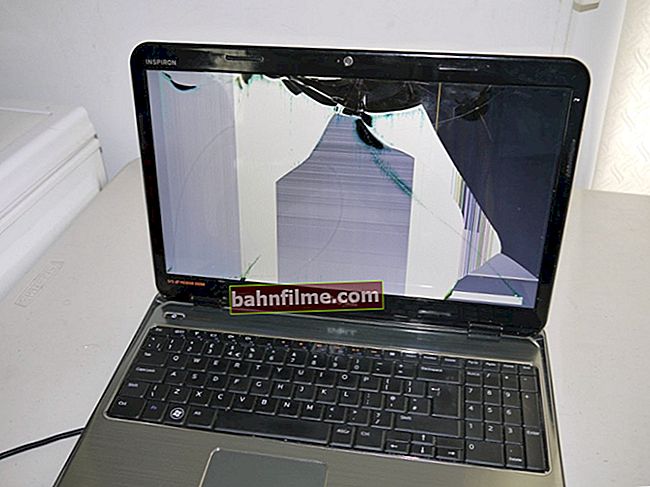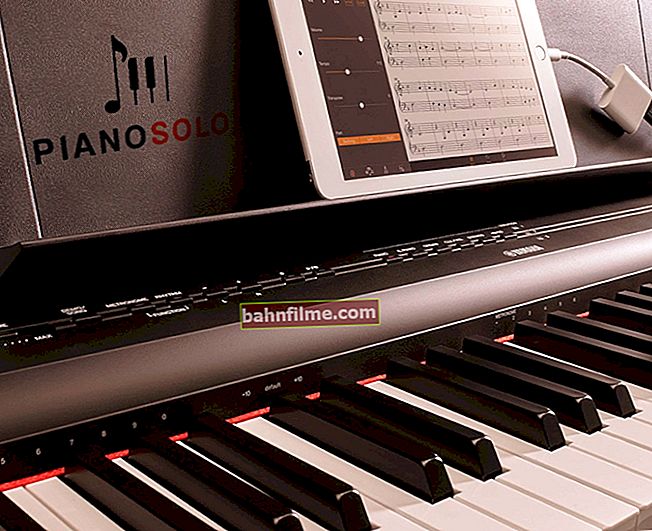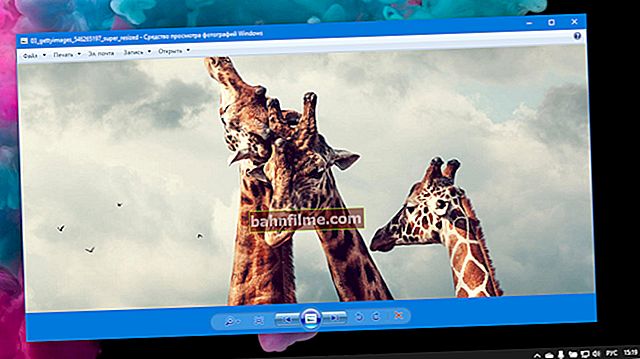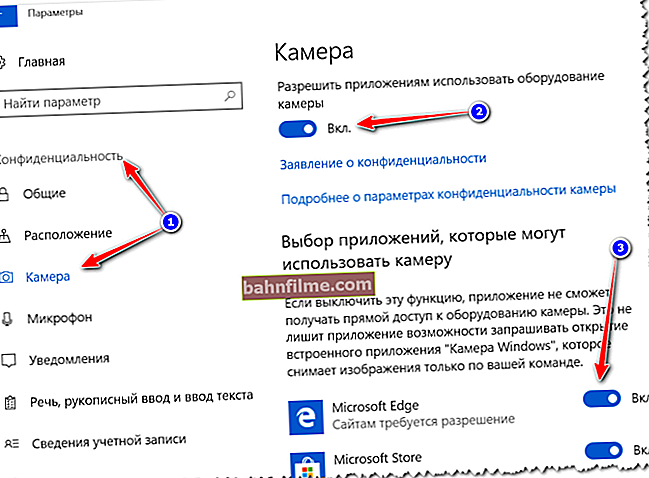 Good day!
Good day!
Quite a lot of questions arise when creating bootable USB drives (well, in general, in the space around this topic 👀).
Especially now, when there are more and more PCs / laptops on sale that come without a CD-ROM drive (and sometimes without a pre-installed Windows OS). Those. I am leading to the fact that it is not so easy to do without a bootable USB flash drive / disk ...
One of the most convenient programs for preparing and creating installation (bootable) media is WinSetupFromUSB ... The most important criterion why the choice fell on it is functionality, free and easy to use.
Judge for yourself, the utility is capable of creating bootable USB drives that will work on a wide variety of PCs and laptops: i.e. universal option suitable for both UEFI and BIOS.
In general, even if you do not understand the latest encryptions, I will say this - the boot drive we created (in this article) should allow it to boot on most computers / laptops.
And so, let's get down to business ...
*
How to create a bootable USB flash drive with Windows 10
❶ What you need to get started
1) WinSetupFromUSB utility
Website: //www.winsetupfromusb.com/downloads/
In my opinion, this is one of the best utilities for creating bootable USB drives. Firstly, it is free and does not need to be installed, and secondly, it works fine and supports most OS (Windows XP, 7, 8, 10), sees all drives connected to the system, and makes it easy to format them.
In addition, it can make multi-bootable media (with several OS), keep an event log, etc.

Where to download the WinSetupFromUSB program: on the official website (the link is given above), I recommend choosing the latest version (at the moment it is 1.8).
Also, a very important plus is (I already mentioned this a little higher) that WinSetupFromUSB allows you to create bootable USB sticks that can be loaded both in BIOS and UEFI (i.e. a kind of universal option that will work on the vast majority of computers).
♦
2) Bootable ISO image from Windows 10
In general, such an image can now be downloaded even from the official Microsoft website. It is highly advisable to use an ISO image on which one specific version of the OS (with one bit). Let me explain with an example:
- good option: "Windows 10 Home x64" ;
- bad option: "Windows 10 - 20 in 1 (x86 + x64)" - with all these assemblies (from craftsmen), with different bit versions, with several OS versions, there are many errors and problems (both when creating installation drives and during their subsequent use).
👉 Remark!
How to download an ISO image from Windows 10 [officially and legally]
♦
3) A flash drive of at least 4 GB (better than 8 GB or more)
The most common USB stick for 4-8 GB (preferably 8 GB, since many ISO images with Windows 10 are larger than 4 GB).
👉 Remark!
How to choose a flash drive with high speed (what to look for when choosing a flash drive).
*
❷ Run WinSetupFromUSB
Downloaded file with the program WinSetupFromUSB (from the official site) is a regular archive packed with 7-Zip. In order to extract all program files from it, you just need to run it.

Opening the downloaded file
Next, specify the folder where to extract the program files. Click the Extract button to extract.

Unpack
There are two versions in the program folder: for x64 and x32 systems. If you don't know what OS you have, try running both files one at a time (if you open the wrong file, the program simply won't start, giving an error).

Open the executable file
*
❸ Setting up the boot image recording settings
1) First, copy everything you need from the flash drive with which we will work (in the process of recording Windows - everything will be deleted from it). Next in WinSetupFromUSB click the button Refresh so that the program "sees" your drive (see arrow-1 in the screenshot below).
2) Then put a check mark (checkboxes) in front of the following items: Auto Format it with FBinst, FAT 32, align, Copy BPB (as shown in rectangle-2 in the screenshot below). By doing this, we will format and convert the USB flash drive to bootable type.
3) On line 3 (see screen below) "Vista / 7/8/10 / Server 2008/2012 based ISO" specify your boot image with Windows 10 (if there is a warning, like I have in the screenshot below, just agree. The speech in this window is that the image with Windows is larger than 4 GB and such a file cannot be written to the FAT 32 file system (note: the utility WinSetupFromUSB will break it, so everything is in order here ☺)).
4) Well, to start the utility work - press the GO button.

WinSetupFromUSB settings
By the way, below I will give another screen of how all the settings look like, only without my underlines.

Close-up settings again (no arrows)
*
❹ We confirm and agree to format the flash drive
After pressing the button GO - the utility will warn you that all data on the flash drive will be deleted. Therefore, once again I advise you to first transfer all the data, make a backup.

Warning (about deleting all data from the flash drive)
By the way, there are as many as 2 warnings (usually) ...

Warning # 2
While WinSetupFromUSB is running, it is better not to launch resource-intensive applications (games, video and photo editors, etc.) and not to close the program window (sometimes it seems to some that it freezes, because it does not show signs of life ☺. But this is not so, in the lower part of the window, a small green bar "fills", the inscriptions about the state of the process change - these are the indicators).
If the drive was successfully created (and no errors occurred in the process), you should see a small window with one short phrase "Job Done" (work completed). Now you can use the flash drive ...

Work done - drive has been prepared
*
❺ Checking how the flash drive works
To test the drive, I used a relatively modern laptop with UEFI. Calling the Boot Menu - the laptop showed that it sees the USB flash drive (as well as the one installed on the Windows hard drive). I tried to boot from a USB flash drive.
👉 Note!
Instructions on how to enter the Boot Menu (boot menu). It may be required when you need to boot, for example, from a USB flash drive.

The laptop sees the USB flash drive we created
As you can see in the photo below, the OS is loaded and installed as usual (for a detailed guide on installing Windows 10 - see here: 👉 //ocomp.info/ustanovka-windows-10.html).

Windows installation has started ...
*
This is how it is, both difficult and simple at the same time.
Add-ons are welcome ...
Good luck!
👋
First publication: 01/22/2018
Correction: 10/20/2020
